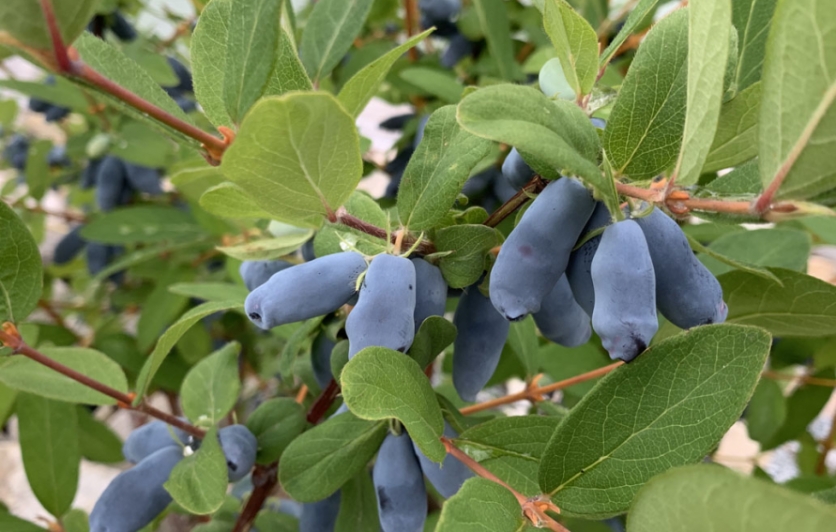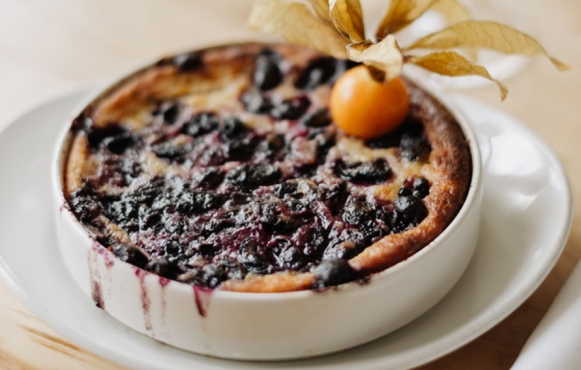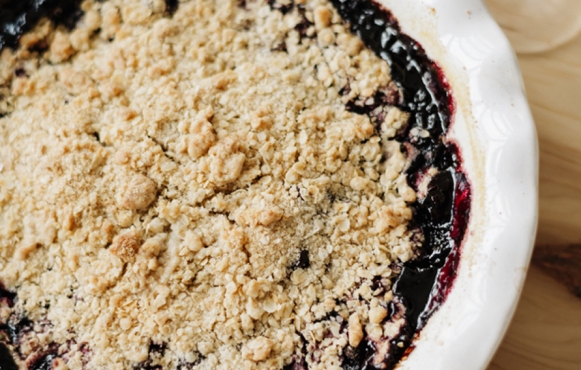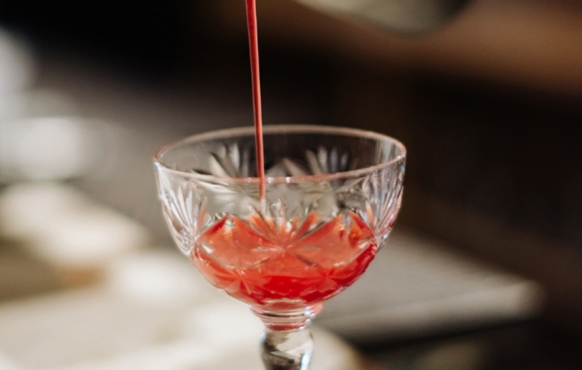Savouring the Honeyberry — 4 haskap recipes

The haskap, technically known as Lonicera caerulea, is still largely unknown, but looks set to become one of the great new superfoods.
Sometimes called the blue honeysuckle or honeyberry, the haskap, which looks like an elongated blueberry, this cool-climate berry is found in the northern boreal forests of Asia, Europe and North America.
The name haskap was given by the Ainu people in Japan and means “berry of long life and good vision.” It is loaded with Vitamins A and C and has very high fibre and potassium content — but its most important trait for the health conscious is its high concentration of anthocyanins, a kind of flavonoid also found in black raspberries, purple grapes and aronia berries. Flavonoids have many positive effects on health. They help combat heart disease and cancer, may help with such chronic conditions as osteoporosis and diabetes and may potentially reduce the eye problems that come with aging.
In 2009, a group of Slovak researchers compared anthocyanin content of six berries and found that the haskap had by far the highest level.
Best of all, the haskap is one medicinal food that is no problem to get down. It tastes like a blueberry, but with more tang. Some people have described it as combining the flavours of blueberry, raspberry and black currant.
Some of its wild varieties have not had much palate appeal, but agronomists are constantly improving the taste to the point that haskap is now a favourite springtime berry of many restaurateurs.
If you can't find haskaps or they're out of season, these recipes work well with other tart berries— raspberries, currants, gooseberries — just adjust the quantity of sugar to taste.








